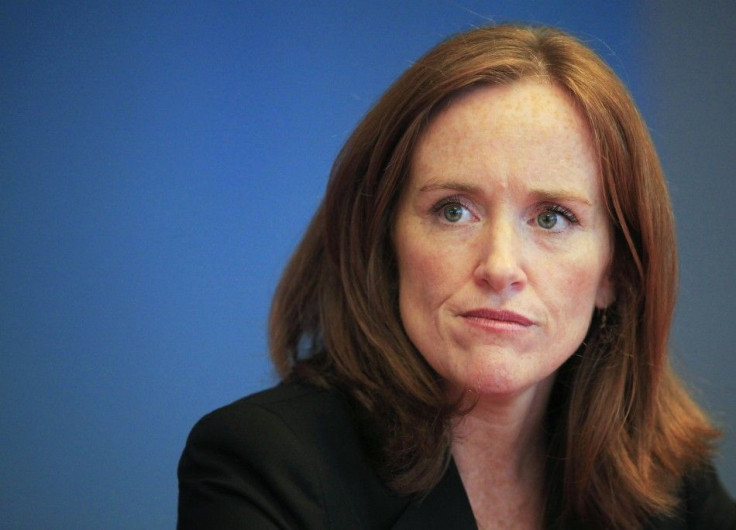SAT Cheating Scandal: Can SAT Cheating Be Stopped?

The arrest of seven current and former Great Neck North High School students in an SAT cheating scandal has spurred security concerns for students who are signed up to take the test there on Saturday while raising an important question.
Can SAT cheating be prevented?
Nassau County District Attorney Kathleen Rice, who presided over the investigation into students who allegedly paid Great Neck North alumnus Samuel Eshaghoff impersonate them and take the SAT in their place, suggested that test proctors take extra precautions. Rice offered that photographing students and sending the photos to their homes for identification might be in order.
But ETS, the nonprofit that administers the SAT under the auspices of the College Board, told Newsday that it had no intentions of tightening security.
I think the point we have to keep in mind is that we can't allow the actions of a few to, you know, dictate unnecessary measures for the majority of honest test-takers, ETS spokesperson Tom Ewing told Newsday.
Roger Tilles, the Board of Regents Member for Nassau and Suffolk County, said the cheating underscores how placing a heavy emphasis on testing may encourage students to cheat.
The higher stakes the tests the more people are going to try to get around the honest answers, he said. And at some point it gets to be counterproductive to what you're trying to do, which is to really get at how much the student has learned.
But that concern may be misplaced, according to David Callahan, author of The Cheating Culture and Senior Fellow at the think tank Demos. Callahan acknowledged that while students may have a heightened incentive to cheat on tests with the far-reaching implications like the SAT, they have a comparably powerful motivation to not get caught.
Callahan noted that cheating tends to be far more prevalent on regular exams, where the security and the potential repercussions are lower.
The thing about these tests (like the SAT) is they're administered in a way that's very vigilant compared to just regular tests administered by teachers who might have a variety of different approaches, Callahan said. They tend to be the most secure kinds of test - you have proctors, you have people checking ID.
Ray Nicosia, Executive Director for the Office of Testing Integrity at ETS, told the Huffington Post that his responsibilities for ensuring the security of the SAT precedes the students taking the test -- it encompasses everything from vetting writers who compose the tests to carefully tracking the transportation of books to testing centers.
At the test center there is a test center supervisor, someone used to handling confidential material, Nicosia said. Their job is to secure the books upon delivery, to hire staff, make sure the staff is trained and knows what to do on Saturday morning.
Still, the Great Neck North students were able to exploit what Callahan called the big chink in the system: the ability of people posing as students to slip past proctors checking identification.
David Foster, CEO of the test security firm Caveon, said that biometric identification systems like fingerprint readers or iris scanners are sometimes used for high-stakes tests like nursing certification exams, but he said that the cost of such technology is prohibitively high for most high schools.
There's some privacy concerns as well that would make it harder for schools to use, Foster said. There's some less intrusive computer-based methods like facial recognition software or keystroke recognition.
Such computer-based technology could be a bulwark against future cheating scandals, Foster said. He said that computers would allow proctors to monitor students in real time by detecting suspicious behavior like changing a high number of incorrect responses to the correct one or by observing students through cameras installed in the computers.
We monitor tests like we did a hundred years ago, with someone sitting at the front of the room watching 15, 30, 100 students, Foster said. I think technology can be applied to the whole monitoring process.
You can contact the reporter at j.white@IBTimes.com
© Copyright IBTimes 2025. All rights reserved.





















